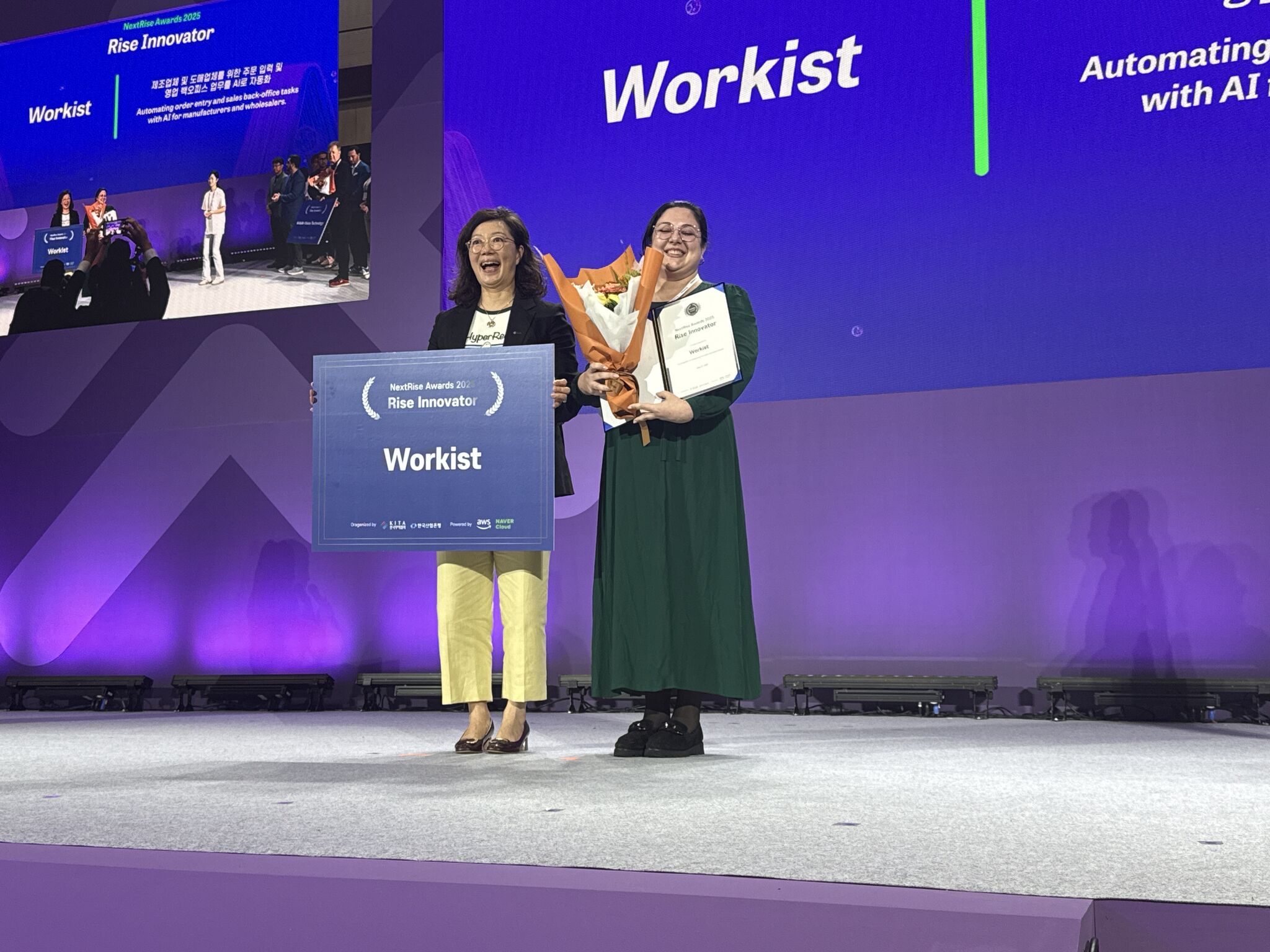Purchase order processing has traditionally involved time-consuming, manual steps that are prone to errors and delays. Employees tasked with PO data entry must painstakingly extract information from paper or PDF orders and manually type it into ERP or CRM systems.
This manual process is hugely inefficient for several reasons:
- Time consuming manual data entry: Employees spend countless hours typing data from purchase orders into various IT systems. Manually processing a high volume of orders slows down the entire workflow.
- Higher risk of errors and inaccuracies: Humans inevitably make mistakes when re-keying data, leading to incorrect or incomplete information in the order management systems. This results in downstream issues with order fulfillment and reconciliation.
- Delayed order fulfillment: With manual processes, POs take longer to process. This causes delays in procuring needed inventory and materials, impacting production schedules and customer delivery timelines.
- Lack of visibility into order status: Organizations often lack real-time visibility into where a purchase order is in the workflow due to fragmented manual steps. This makes it difficult to track status and proactively address bottlenecks or issues.
The amount of time, errors, and delays caused by manual PO processing all translate to major inefficiencies and higher costs for sales teams. Organizations are increasingly looking to modern technologies like artificial intelligence to help address these challenges and transform purchase order management.
How AI Automates Key Steps in PO Processing
Purchase order processing involves many manual and repetitive steps that drain productivity. AI automation delivers major gains by handling these mundane tasks.
One of the biggest pain points in manual processing is data entry. Employees have to manually read purchase orders and manually type in all the relevant details into enterprise systems. This is hugely time-consuming and prone to errors.
AI automation completely eliminates the need for manual data entry. Advanced OCR technology can scan and extract all the key purchase order details - items ordered, quantities, prices, delivery dates etc. AI further enriches this data by validating order information with other data sources like a company’s master data or intelligent verification logics.
With AI, 100% of the purchase order data gets captured digitally right from the start. This data can then seamlessly flow into ERP, CRM and other enterprise systems for downstream processing. Employees are freed from manual data entry to focus on value-adding activities.
AI doesn't just stop at data extraction - it also automates the entire workflow. As purchase orders get processed, AI can intelligently route them to the right people for approvals. It can check for policy compliance, special requirements, and trigger automated workflows.
Ultimately, AI delivers end-to-end automation from order intake to integration with order-to-cash systems. This creates a seamless digital workflow that enhances efficiency, control and agility across the sales process.
Data Extraction: Unlocking Information from Documents
Purchase orders come in many formats - PDFs, scanned documents, emails, EDI, and more. Manually extracting information from these unstructured sources is tedious and error-prone. AI-powered intelligent document processing overcomes these challenges through advanced technology.
Optical character recognition (OCR) can rapidly turn scanned documents and images into machine-readable, editable text. OCR accuracy has improved dramatically in recent years thanks to neural networks and deep learning.
Natural language processing (NLP) can "read" text extracted via OCR to understand context and meaning. NLP models can identify relevant fields in purchase orders like vendor name, SKU number, prices, addresses, and more. This enables the structured capture of purchase order data.
However, raw OCR and NLP output can contain errors. That's why an effective AI solution also validates extracted data against business rules, master data, and prior documents. This boosts data accuracy while reducing manual validation efforts.
Augmenting extracted data with external sources provides additional value. For example, vendor and material master data can validate customer details and product information in the purchase order. Reference data also enables the auto-completion of fields and highlights any discrepancies.
Overall, intelligent document processing with AI allows organizations to unlock information from all types of purchase order documents at scale. It eliminates manual data entry while ensuring higher accuracy than human operators. This accelerates the order ingestion process and provides a complete digital record of every transaction.
Intelligent Order Processing and Routing with AI
AI can analyze the contents of purchase orders and make intelligent decisions to automate workflows and routing. Rather than following static rules, AI systems can understand context and act accordingly.
For example, AI can read a purchase order and classify it based on the type of products or services ordered. Purchase orders for office supplies would be categorized differently than ones for industrial equipment.
Based on this contextual analysis, the AI system can automatically trigger relevant workflows. AI also enables dynamic order routing and exceptions management. If a purchase order contains incomplete information or errors, the AI can flag these issues and resolve them programmatically or the order can be routed to an agent for clarification or sent back to the supplier to amend.
By constantly analyzing orders and adapting workflows, AI systems learn how to streamline processes over time. This reduces the need for human intervention and speeds up order processing. The AI is also able to spot risks or fraud indicators that a human might miss.
Overall, the contextual analysis and intelligent decision-making of AI takes purchase order automation to the next level. Tasks that previously required manual review and effort can now be handled automatically and more accurately by AI. This boosts efficiency, compliance, and customer satisfaction.
Continuous Improvement Through AI Insights
AI provides powerful insights that sales teams can use for continuous process improvement and optimization. By analyzing large volumes of data across the order-to-cash cycle, AI reveals inefficiencies, bottlenecks, and anomalies that may not be visible through manual analysis.
For example, AI can track the end-to-end cycle time for different types of purchase orders and identify orders that take an unusually long time to process. The AI system can pinpoint exactly where delays are occurring or which product category is causing the most errors. Sales managers gain visibility into problems areas and can take targeted action to streamline workflows.
In addition, AI helps uncover insights around customer performance. The system can flag suppliers with high rates of order inaccuracies. Sales can use this intelligence to work with customers to improve their order quality and thus the way their purchase requests can be successfully handled. AI often reveals relationships and performance patterns that humans would likely miss.
AI analytics also enable better demand forecasting, inventory optimization, and revenue analysis. By detecting seasonal fluctuations, trends, and outliers in order patterns, AI models can produce more accurate demand forecasts. This allows sales to plan ahead and avoid shortages or excesses.
Over time, the continuous insights from AI-driven analytics significantly improve the efficiency, accuracy, and cost-effectiveness of revenue operations. The power of AI lies in its ability to continuously learn and improve - taking organizations far beyond what manual analysis can deliver.
The Integrated Order-to-Cash Ecosystem
Implementing AI-powered purchase order processing in isolation provides limited value. The real power comes from integrating automation across the broader order-to-cash process. This creates a digital thread that connects sales, order management, accounting, and other departments.
Some of the benefits of an integrated order-to-cash ecosystem enabled by AI include:
- End-to-end visibility: AI provides complete visibility across the entire order-to-cash workflow. Teams can track purchase orders from creation to cash inflow.
- Touchless processing: By connecting systems, manual hand-offs and re-keying of data is eliminated. POs, invoices, and payments can flow seamlessly with no human intervention.
- Enhanced compliance: Automated checks and controls across the process improves compliance.
- Accelerated cycle times: Automation speeds up processing and approvals across the workflow. POs are completed quicker and with fewer errors so that customers receive their orders on time and in full.
- Improved analytics: With a unified dataset, AI-driven analytics provide insights not possible with siloed systems. Sales performance analysis, forecasts, and cost optimization can be enhanced.
The integrated order-to-cash ecosystem powered by AI delivers significant efficiency gains, cost savings, and strategic benefits compared to traditional disjointed manual processes. Organizations must take a holistic approach to get the most out of AI in sales.
Change Management Considerations
Implementing AI for sales order processing represents a significant change for sales teams who may be accustomed to legacy manual processes. Careful change management is crucial for user adoption and realizing the full benefits of AI automation. Here are some change management best practices:
Managing Adoption Across the Team
- Involve sales team members early in evaluating AI solutions to get buy-in.
- Appoint change champions from within the team to promote adoption.
- Communicate benefits clearly showing how AI improves efficiency and workflow.
- Provide reassurance that AI will augment human capabilities rather than replace jobs.
- Solicit and address concerns openly and adjust rollout plan if needed.
Training on New AI-Powered Processes
- Offer hands-on training for all users on interacting with the AI system.
- Ensure training materials are easy to understand with step-by-step guides.
- Highlight how AI transforms existing purchase order processing procedures.
- Provide ongoing support and supplemental training as needed.
Planning the Integration and Rollout
- Gather user feedback during the onboarding phase to fine tune processes and training.
- Develop a detailed integration roadmap and timeline.
- Allocate resources to ensure smooth integration with existing systems.
- Plan for data migration, testing, and process changes.
- Celebrate wins and milestones to maintain engagement.
Assessing ROI for AI-Powered PO Automation
Implementing AI for purchase order processing requires some investments. However, the long-term payoff can be significant if executed properly. Here are some guidelines for analyzing the ROI of AI automation:
Conduct a Cost-Benefit Analysis
- Gather data on current PO processing costs - including labor, errors, delays, and overhead.
- Estimate expected costs of AI software and integration.
- Project efficiency gains in FTE hours based on automated tasks.
- Calculate cost savings from improvements like lower error rates.
- Weigh benefits like better compliance, insights, and customer relationships.
Estimate Productivity Upside
- Review number of POs processed annually and related handling costs.
- Determine which manual steps can be automated by AI.
- Calculate potential time savings per PO from automation.
- Multiply savings by PO volume for total efficiency upside.
Account for Implementation Costs
- Factor one-time setup costs like system integration and data migration.
- Account for training and change management requirements.
- Consider costs of customizations for unique business processes.
Conducting an accurate ROI analysis requires making realistic projections of efficiency gains and implementation costs. The upside from AI automation can be substantial, but needs to be weighed against required investments. Tracking quantified metrics before and after implementation is key to validating the payoff.
The Future of AI in Sales
As AI capabilities continue to evolve, sales teams can expect even greater benefits from intelligent automation in the years ahead. While purchase order processing is an ideal starting point for AI automation, expect capabilities to expand upstream and downstream. AI-powered robots can take over repetitive, rules-based tasks involved in customer relationship management, sales, and cash collection. This end-to-end automation will remove friction throughout the order-to-cash workflow.


